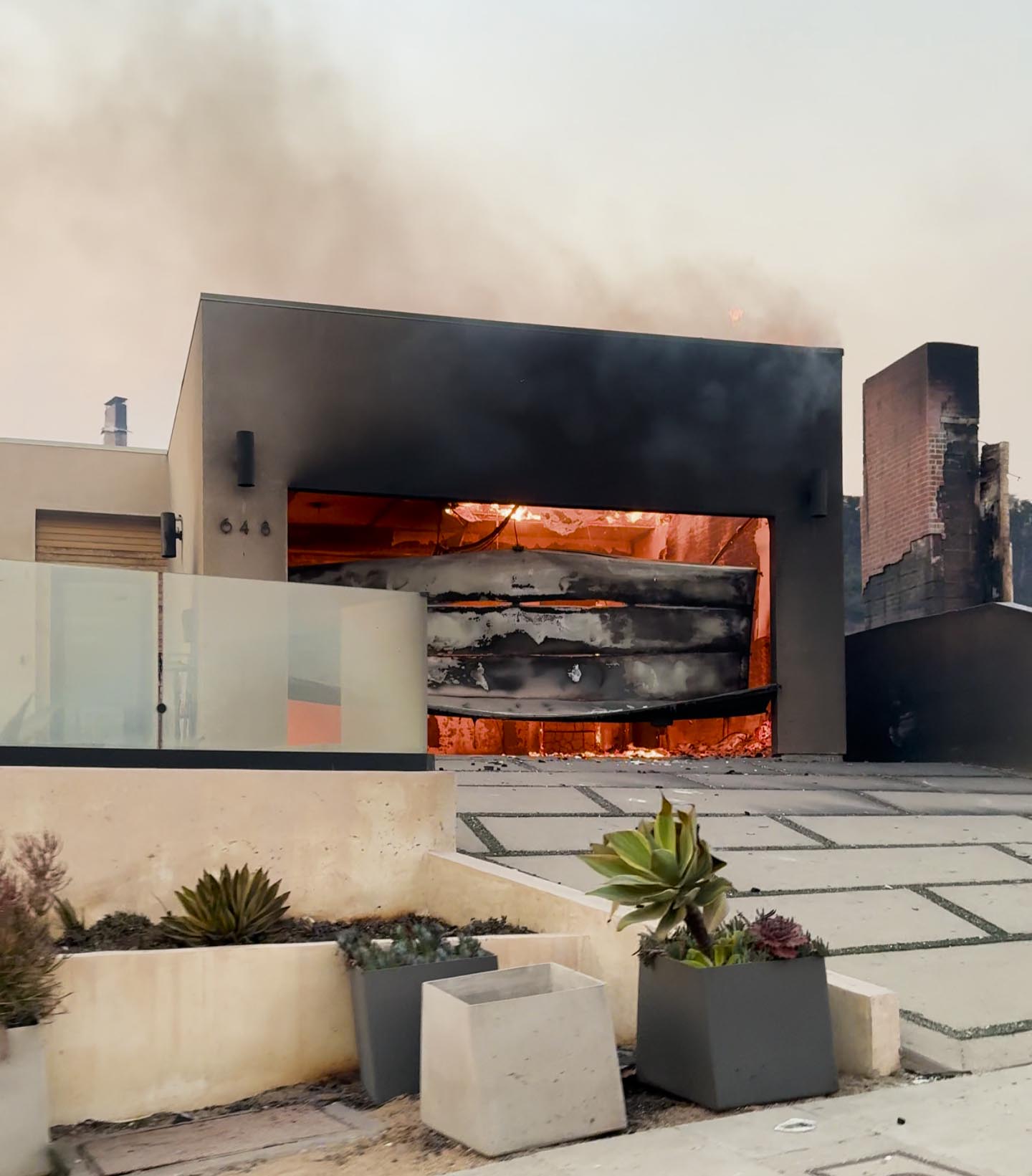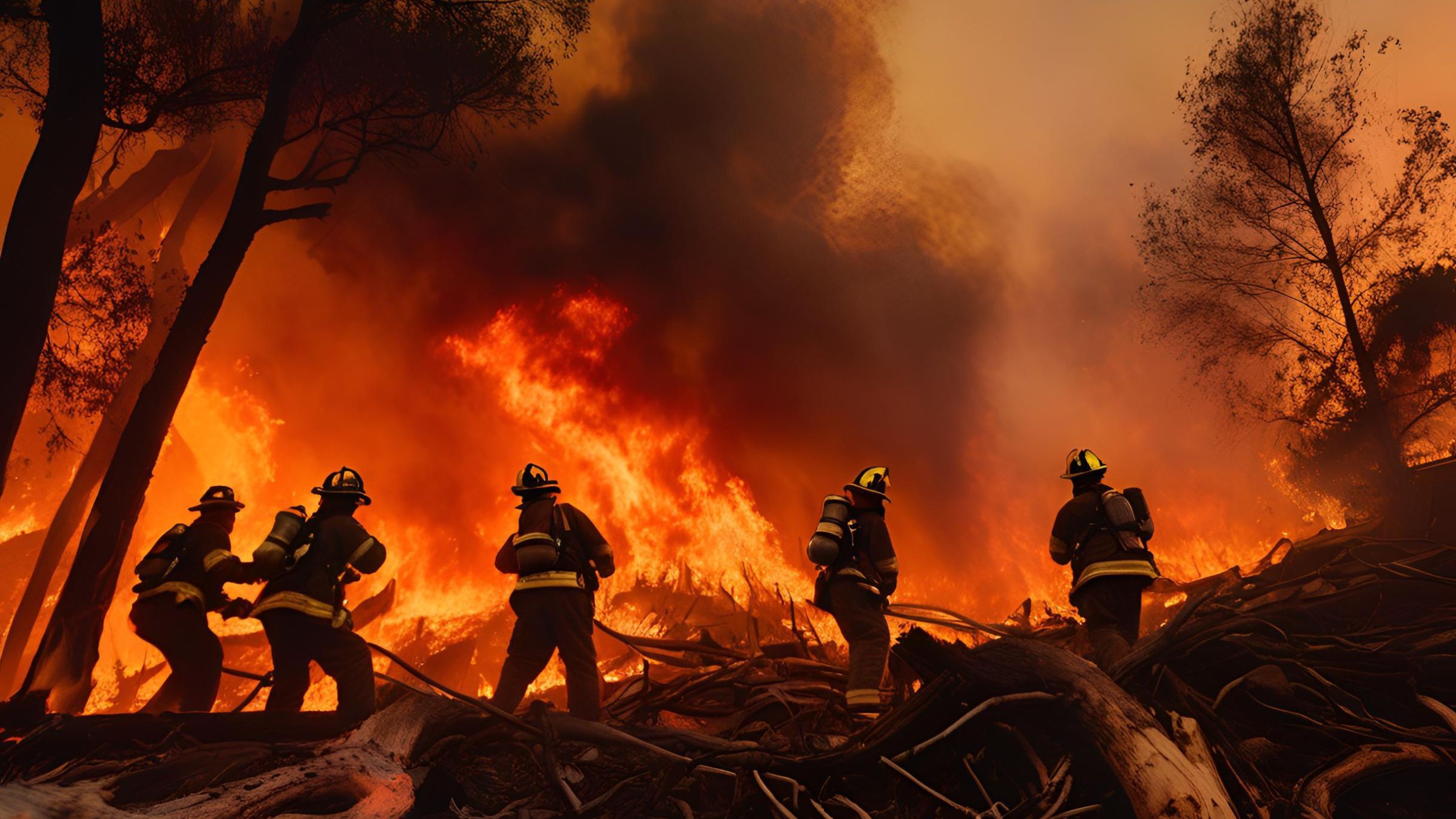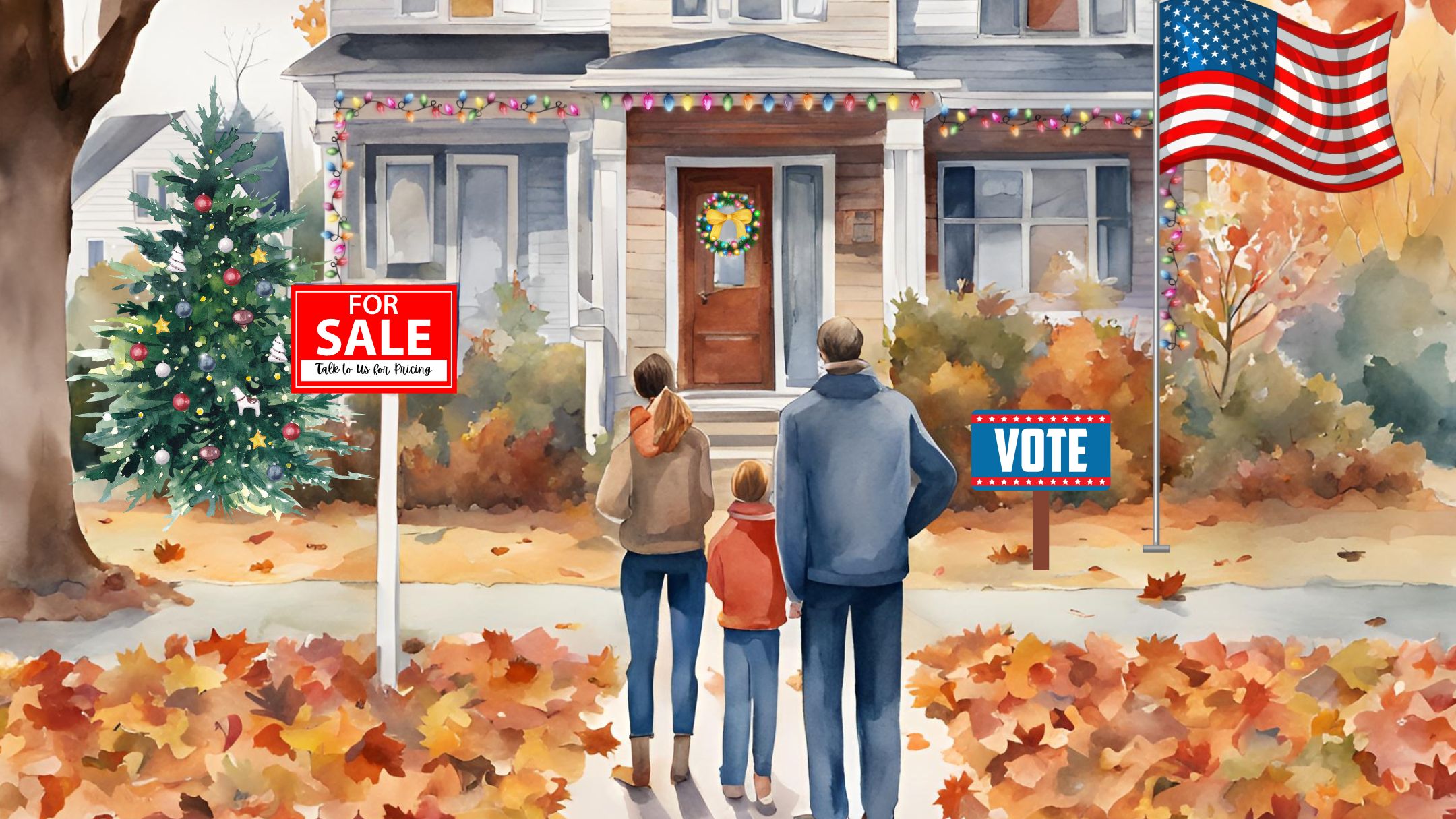In a recent article I shared the mounting evidence that the Palisades, and most likely the rest of the Westside real estate market, has steadily been transitioning toward a balance between sellers and buyers markets, following a 6-year period of appreciation to new high home values.
Although there has never been a period in recent decades that local prices have risen for so long with no adjustments, the question has been raised as to the inevitability that a correction cycle must begin before the end of this year.
Is a Price Correction Inevitable?
This question raises a couple of interesting observations as well as consideration of the possibility that the housing market might actually not go through a phase of significant price corrections in the near future.
Some facts are undeniable: inventory of homes available for sale has remarkably grown nearly 40% since this time last year; the rate of sales has slowed by 20% since this time last year, while prices have inched up about 5% since last November and are now showing signs of flattening out.
Also, the time it takes to sell has increased on average about 10% and the number of listings with prices being lowered has begun to increase noticeably. There is now more than a 5-month level of inventory for sale in the Palisades, which is the range where most experts agree neither sellers nor buyers have the upper hand in general.
How Demographic Shifts Affects the Real Estate Market
The logical expectation based on those observations is that the market has finally begun the somewhat overdue correction phase and likely could have prices gradually go down by 20-30% over the next few years, much the same as it has done over the last 4 decades. However, history may not quite repeat itself this time due to some significant demographic shifts.
What Influences Buyer Demand?
As I review the buyer profiles from our recent sales and consider their sources of funds, it is interesting to note that many do not need as much financing as most did a few years ago. In many cases, they have substantial equity in homes purchased in the last several years, and often the buyers have family support or inheritances that have enabled purchasing even with prices that have significantly risen.
The unemployment rate is around a 50-year low level, median incomes have been trending higher, and millennials are just beginning to reach their prime home-buying years (ages 25-40). This generation is nearly as large in number as the boomers and thus likely to provide a huge increase in housing demand for at least several years.
Forecasting Mortgage Rates into 2021
The chief economist for the Mortgage Banking Association, Mike Fratantoni, recently forecasted that loan costs will peak at 5.1% by June and is likely to remain around that level on average through 2021. According to recent government figures, the rates now average of 4.9%. If Mr. Fratantoni is correct, the recent increases in interest rates have already gotten close to the peak. The chief economist also noted that the number of houses selling above list price is slowing, with more houses now selling below their asking price. In California, he noted that price increases have fallen from 9% annually to just 2% currently.
It Will Be a Buyer’s Market if…
Obviously, it is becoming easier for buyers to find homes with less pressure from a serious shortage of available inventory, and home affordability will be slightly greater as long as interest rates do not increase much more than they already have in the last few months. If the inventory level continues to steadily increase to even the 6-7 months range, buyers will definitely have a much better chance of succeeding in purchasing their home.
Long-time Homeowners Take Advantages of Higher Prices
One additional observation is that much of the increased inventory has come from long-time owners who are finally deciding to pull their equity out while the prices are at such high levels. Typically we see a peak in inventory around August, and then gradually fewer homes come on the market until March when the traditional build-up begins each year. As noted, this year is different: active inventory has grown during the period it usually diminishes. The net effect of this is a flattening out of prices, which goes along with the balance between buyers and sellers.
Geopolitical Shifts Make it Hard to Predict Housing Market
This is also a period of nationwide emotional upset, with deep concerns about the economy and relations with trading partners around the globe. Such factors make it far more difficult to assess where the market might trend in the year to come. However, from a broad perspective, it seems likely that the market has passed the “seller’s market” stage and is now in a balanced position, with a fair probability that we might look back in several months and see that it had become a “buyer’s market” before the end of 2018.




